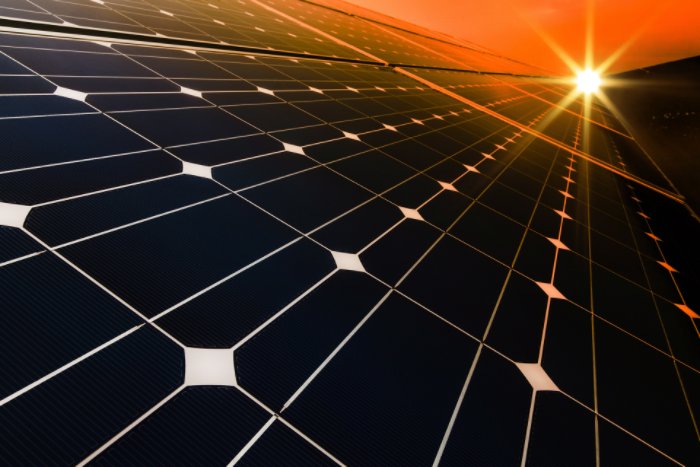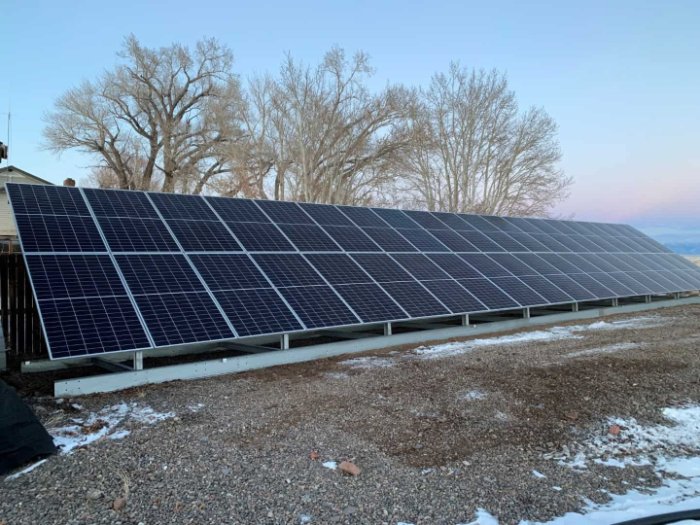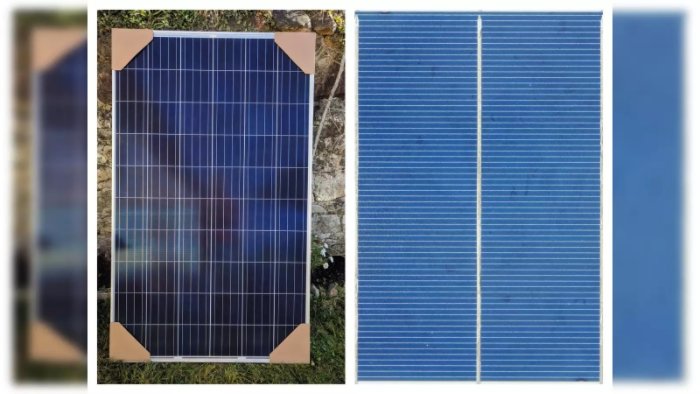Manufacturing Process and Material Purity
Monocrystalline and polycrystalline solar panels differ in their primary and manufacturing processes. Monocrystalline solar panels are formed from a single, high-documented silicon material. Monocrystalline silicon is produced through a series of refining silicon to greater than 99.999% purity, then transferring the purified silicon to a cylindrical ingot. Cylindrical ingot is from a crystalline structure from the molten fluid silicon. The high purity of monocrystalline ingot ensures more efficient flow of electricity is carried with better efficiency rate of 18%- 24% . The ingot is then cut into thin wafers and finally processed into photocells . Polycrystalline solar panels are formed through melting of multiple silicon fragments to form the solar wafers.
Polycrystalline silicon does not have to be pure such as silicon does and thus results in lower cost. The molten silicon is transferred to a square shape cast to cool down and solidify. The solidified block is cut into cleans square shape wafers that represent the distinctive mosaic look of solar cells. Polycrystalline has more efficiency rate of 15%- 18% . The improper lack of all particles directed in a single cell slightly slows down the flow of electricity. The rate of purity is what brings a difference in the efficiency of electricity. For solar panels to be installed, panels must pass tests for flexibility in addition to strength and performance in extreme weather conditions. Monocrystalline has higher efficiency rates due to its purity. The silicon at a greater rate of purity cells, when used to produce a similar unit of energy, maintain a smaller panel. Compared to monocrystalline, polycrystalline solar panels due to their lower purity rate are larger. It thus one component of efficiency and cost ratio that help in multi-crystalline panels being low.
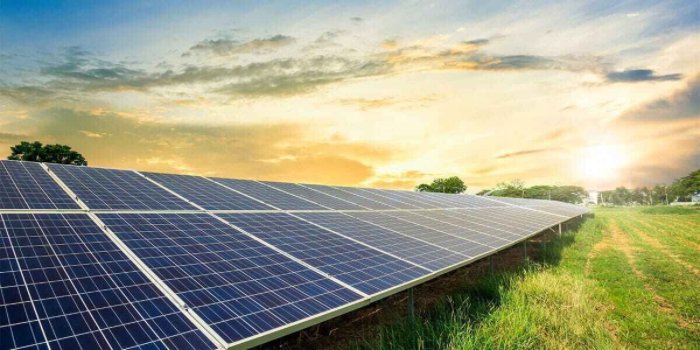
Cost Comparison
When evaluating solar panel options, the cost is a significant factor for many homeowners and businesses. Monocrystalline and polycrystalline solar panels vary in price due to differences in their manufacturing processes and the materials used. Initial Cost and Efficiency Monocrystalline panels, made from a single, pure silicon crystal, generally have higher initial costs. This is because the process to produce these high-purity silicon wafers is more labor-intensive and wasteful, as it involves cutting cylindrical ingots to fit square solar cells, leading to a loss of potential material. Polycrystalline panels are less expensive to produce. Their manufacturing process involves melting multiple silicon fragments together, which is less wasteful and more cost-efficient than the method used for creating monocrystalline silicon cells. Here's a comparison of typical specifications for both panel types:| Specification | Monocrystalline Panels | Polycrystalline Panels |
|---|---|---|
| Efficiency | 18% - 24% | 15% - 18% |
| Temperature Coefficient | -0.3% to -0.5%/°C | -0.4% to -0.5%/°C |
| Warranty Period | 25 - 30 years | 25 - 30 years |
| Size (typical 60-cell module) | Approx. 1.6 m² (17.22 sq ft) | Approx. 1.6 m² (17.22 sq ft) |
Efficiency Levels in Power Production
The most important difference between the two types for practical applications is efficiency, or how much of the sunlight that reaches the panel is converted into electricity. I suspect that the monocrystalline panels are more effective because the silicon used in their manufacture is of higher purity, which enables better flow of electrons. However, the body of the module itself does not exactly define the efficiency of a solar panel.
The efficiency rates, according to AltEnergyMag uses
Monocrystalline panels usually have efficiency rates, or how much of the sunlight reaching the panels is actually turned into electricity, from 18% to 24% . These high efficiency rates are explained by the lack of impurities along the molecular-level boundaries, which restrict the electrons’ movement and require more work to convert solar energy into electricity. In contrast, polycrystalline panels have efficiency rates from 15% to 18% . This is explained by the fact that the panels are made of many silicon crystals, which results in boundaries between crystals where electrons cannot move and have to be moved another way, leading to a higher level of energy loss. However, in the given case study, the homeowner did not purchase monocrystalline panels, as he bought more panels than his home needed in total.
In my opinion, the most prominent effect of the decision to install polycrystalline panels and purchase more of them than the house could conceivably need was the price. Polycrystalline panels are less efficient but cheap, or at least they are sold for a lower price. Generally, the efficiency of the module per unit area was lost in a larger number of modules to provide an equivalent output. Eventually, the price allows the homeowner to purchase a large number of panels and install them at their house, which doubles as the case study’s workspace, while providing enough electricity for cooking equipment and to accommodate future expansions. Would he want to install monocrystalline modules, the sum necessary for such an installation would likely be prohibitively high.
Size and Space Requirements
When considering installation options for solar systems based on monocrystalline and polycrystalline photovoltaic panels, understanding and planning for the physical dimensions and space requirements of each type are paramount. The size of a solar panel is a direct factor affecting how they will fit on your roof or within an array and what total power output you will be able to achieve within the area available.
A monocrystalline solar panel is usually chosen precisely for needing a smaller space, as it will convert energy with a higher efficiency. Typically sized for a standard 60-cell monocrystalline panel is 65 inches in by 39 inches, or 17.6 square feet . With the larger amount of energy produced by each panel, fewer of them will be needed to generate required power and fit smaller or oddly shaped roofs. For instance, if a homeowner needs to produce a 6 kW system and each monocrystalline panels produces about 350 watts, they will need around 17 of them.
A polycrystalline solar panel will generally have similar physical dimensions. However, being less efficient, they will require more panels to produce the same amount of power. With the same requirement for a 6 kW system, as in the previous example, each polycrystalline panel may generate around 300 watts, meaning 20 of them will be needed.
With 85 square feet of roof space occupied by the polycrystalline system, and only 70 square feet by the monocrystalline, it can be seen that panels with higher efficiency require less space. Smaller monocrystalline panels can also make the process of installation simpler when socketing them on a rooftop. The number of roof obstructions, such as vents or skylights, can also play a role in the choice between monocrystalline and polycrystalline solar panels. A roof with a larger number of such obstructions might not have enough unoccupied space to fit all the required energy-producing photovoltaic panels.
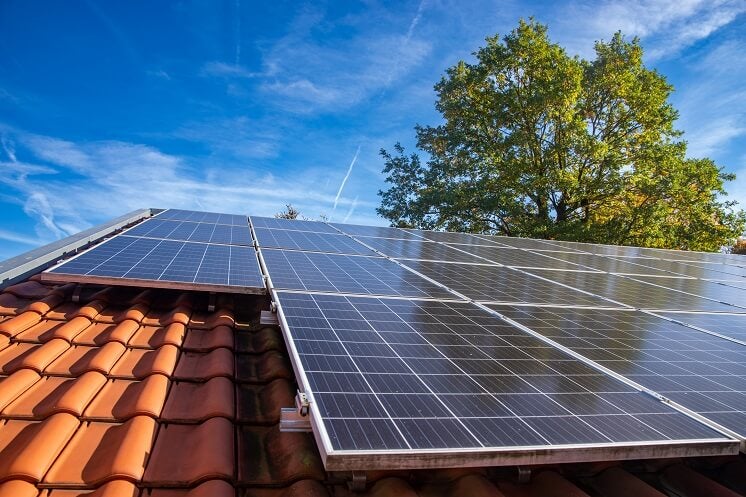
Aesthetic Differences and Visual Appeal
The attractiveness of solar panels has become an increasingly important consideration due to the remaining interest in how photovoltaic installations impact the look of homes or businesses. Monocrystalline and polycrystalline solar panels carriers multiple visual attributes, the presence of which can indicate a particular product type . Proper consideration of these installations’ visual attributes can inform the buyer’s preferences or the firm’s marketing strategies.
Monocrystalline Solar Panels
The monocrystalline type of solar panel acquires a sleek black look because the manufacturer uses the highest-purity of silicon available. Monocrystalline panels are in fact composed of a single string of silicon, which contributes to a layer of solid color across the product . As a result, the visual appearance of these solar panels is considered more attractive and suitable for residential and business applications. For instance, installing monocrystalline panels in high-end residential neighborhoods or applications visible to customers can create normally-looking uniform surfaces consistent with current building design .
Polycrystalline Solar Panels
Polycrystalline panels come with recognizable blue speckles. The primary reason for these speckles is the process through which manufacturers combine different crystals of silicon by melting them in block forms . One can easily notice a non-uniform look among structurally supporting pieces of silicon, which poses visual challenges compared to monocrystalline installations . However, such a look may not be problematic or stands out in stronger industrial settings or applications outside of homes or commercial buildings. For example, a factory in the desert built with blue grappling may safely rely on polycrystalline panels.
Cases of Integration and Property Values
Overall, the corresponding solar panel types have slightly different installations on how they look in applications. Therefore, homes and businesses can lose or gain value based on how visually-appealing a solar PV system is. As mentioned, monocrystalline installations can fulfill an expensive look of an address without major visual obstructions. A property owner interested in solar power as modules can increase market value accordingly.

